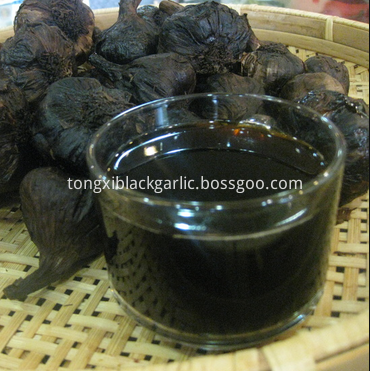First, the dead leaves caused by the disease
The disease is the main disease of the leeks in the protected areas. Water-stained lesions were found in affected areas, and the leaves and scapes were dark green, while the roots and bulbs were light brown, and the diseased area had no obvious edges. When the body is wet, white, sparse moldy material is produced, and when it is dry, the diseased leaves become yellowish. The infected roots and stems are soft rot and do not normally absorb water and nutrients, resulting in the overlying or dry parts of the ground. Prevention and treatment should pay attention to drainage and wet down and rotation, can be used in the early onset of 25% of fungal mildew 600 times or 58% of metalaxyl manganese zinc 500 times, 40 to 50 kg per acre liquid, 7 to 10 days spray once.
Second, the gray leaves caused by gray mold
At the time of onset, the tip of the blade first developed downwards, and white or light brown spots appeared on the front and back of the blade at the onset of the disease. As the disease progresses, the lesion expands into a fusiform or elliptical shape, and finally the lesion becomes a patch and the diseased leaf is dry. When wet, the diseased leaves produce a layer of gray to gray-green and dense mold. To prevent and treat the disease, we must first drain and dampen, and then use 50% fast keratin 1000 to 1500 times, spray once every 20 days, 20% triadimefon 800 to 1000 times or 50% carbendazim 600 times, after harvesting leek When the shoot height is 5-8 cm, it is sprayed twice.
Third, the root cause of the dead leaves
The leek bulbs, which are endangered by the root carp, are often eaten into empty holes, causing decay and yellow leaves and withered to death. Control can be used on the sun root, application of wood ash or per acre with 5% phoxim granules 2 kg mixed with fine soil applied to the leeks root, and then covered with soil. When the larvae are damaged, if they find that the tip of the leaf begins to yellow and become soft and fall down to the ground, they can be controlled by irrigating. Use 75% phoxim EC 500 times solution or 25% quizopriosin EC 1000 times to remove the rhizosphere topsoil. Root sprinkling irrigation, covering the soil at any time, spraying the best results from 9 to 10 am During the emergence period of the adult (mid-late and late April, mid-June, late July and mid-October), spray 10% chlorimazine (Imidacloprid) 2000 to 2500 times or 75% phoxim 1000 times or 2.5% bromine 3000 times of cypermethrin, 9 ~ 10 am spray better. The roots cover a lot of habitats, including shading, moisture, and humus. The ventilation of the leaves can reduce the occurrence.
IV. Dead leaves caused by physiological diseases
The phenomenon of dry tip, leaf blight and dead plant occurs in leek, and sometimes it is related to soil acidification, ammonia poisoning, high temperature (above 35°C) and low temperature causing white tip and rotten leaves. The deficiency of calcium, boron and manganese may also lead to tip yellow. Can take targeted measures to prevent and control.
Black Garlic contains 18 kinds of amino acids,
garlic-ene, peptides, polyphenols, active SOD,
biological enzymes, glycosides, vitamins, lipids,
trace elements, carbohydrates, green sulfur
compounds, easily absorbed by the human body
composition. The structure ratio is reasonable, and
without any side effects.
18 kinds of amino acids:
Alanine Ala. Isoleucine. Leucine. Lysine. Methionine. Cystine. Phenylalanine. TYR. Threonine. Trytophan. Valine. Arginine. Histidine. Asparagine. Glutamine. Glycin. Proline. Serine.

Black Garlic Extract/Concentrate/Juice
Black Garlic Extract,Black Garlic Juice,Black Garlic Concentrate,Organic Garlic Juice
Zhucheng Tongxi Commercial And Trade Co.,Ltd. , https://www.blackgarlicgroup.com